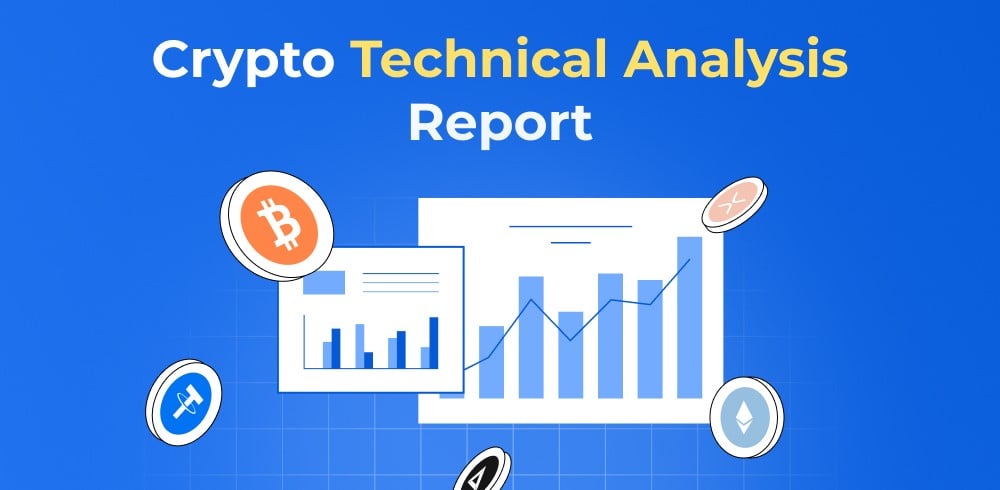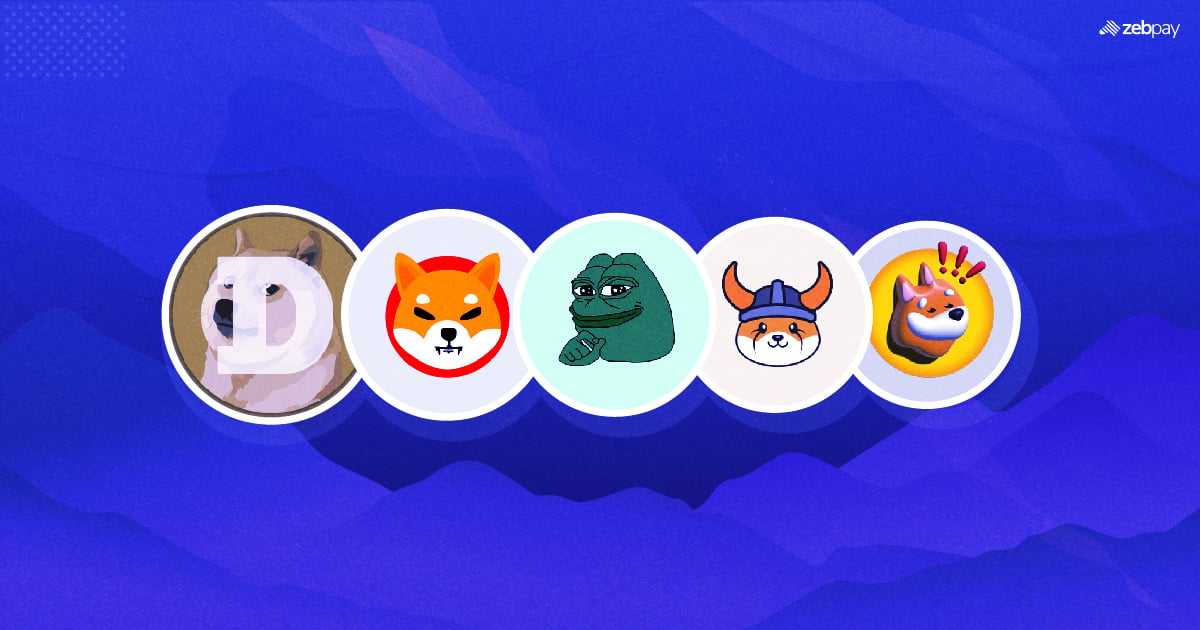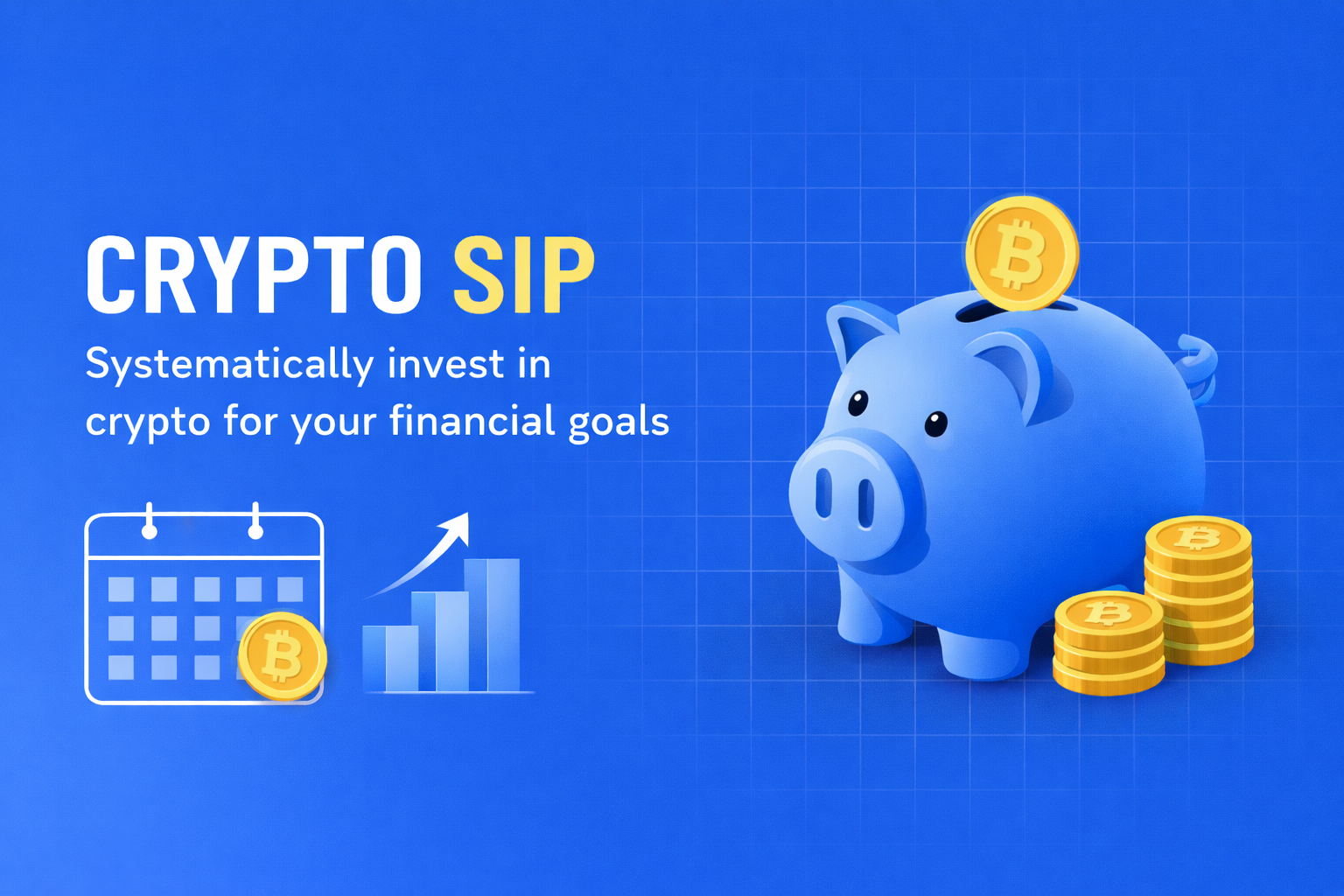The rise of Polygon (MATIC) in the crypto landscape is due to its innovative technology, which offers many benefits to developers. Its key features include high throughput, security, sidechains, and an enhanced user experience. It solves two vital issues faced by most blockchain protocols: scalability and interoperability. It has the potential to become a large, active crypto ecosystem as developers can make use of its versatility to create interoperable dApps that can operate on numerous linked blockchains.
Understanding Polygon (MATIC)
Polygon is an Ethereum scaling blockchain that enables developers to build scalable and interoperable dApps. Its rise in the crypto world is also because it offers low transaction fees without compromising security. It was one of the first blockchain protocols to improve Ethereum’s functionality through its scalability and interoperability solutions.
The Polygon blockchain has four layers: Ethereum, networks, security, and the execution layer. The polygon networks and execution layers are mandatory layers in its architecture model. MATIC is its native token and is used to power its ecosystem. MATIC has many applications in Polygon apart from payment transactions. It enables network governance through polygon improvement proposals or PIPs, making it a governance token. Through PIPs, MATIC holders can vote on proposals to decide the future of a project.
Enhanced Scalability Solutions
The Polygon network aims to solve Ethereum’s scalability issues by compromising decentralization to provide robust network security and higher transaction speeds. It builds a commit chain with multiple side chains, enabling faster and cheaper transactions. The commit chain is a copy of the Ethereum blockchain, so migration from Ethereum to Polygon is easy. This chain is faster as it employs a proof-of-stake mechanism to validate transactions through many global nodes. The Polygon network can process 65,000 transactions per second (TPS), whereas the Ethereum blockchain can process 15 TPS at this point.
Layer-2 solutions, such as side chains, can support cheaper and faster transactions as they process them off-chain. They systematically settle accumulated transactions on the Layer-1 blockchain by reducing network congestion to increase throughput.
Bridging Multiple Blockchain Networks
Polygon aims to create a center for multiple blockchains to interact while overcoming individual limitations such as scalability, security, and high fees. It uses numerous technologies to achieve scalability, interoperability, and cross-chain communication. The POS chain is Polygon’s main chain and Ethereum’s side chain and employs a proof-of-stake security layer on protocols launched on its platform.
Polygon uses plasma chains and bridges to transfer crypto assets between the root and child chains. ZK-rollups bundle numerous transfers off-chain into a single transaction using zero-knowledge proofs. Optimistic rollups use fraud proofs to support instant transactions on the Ethereum network. Polygon uses multiple scaling solutions with high throughput and low transaction fees. It solves scalability and cross-chain compatibility issues by deploying multiple scaling solutions.
Decentralized Finance (DeFi) Ecosystem
Polygon is also transforming decentralized finance (DeFi) by empowering DeFi applications. It is working on solutions to allow merchants to evaluate customers’ credit ratings by assessing their transaction history. It has a TVL (total value locked) of over $5 billion and many use cases in the DeFi sector.
Aave and Compound are some of the biggest Polygon DeFi platforms. Aave is a DeFi lending protocol with over $1 billion locked up on Polygon in terms of liquidity. DeFi protocols keep growing in its ecosystem as it offers a scalable and interoperable infrastructure that enables users to interact with multiple DeFi platforms seamlessly.
NFTs and Digital collectibles

NFTs are one of the most popular applications in the Polygon network. Polygon offers low transaction fees when buying or selling NFTs. It has one of the most popular NFT marketplaces, OpenSea, to facilitate NFT trades. Polygon NFTs are non-fungible crypto tokens minted on Polygon or bridged from another chain. No matter their origin, all NFTs on Polygon benefit from fast transaction speeds and low fees.
Gaming and Play-to-Earn
Polygon offers many benefits to developers building play-to-earn games. They can create immersive gaming experiences through enhanced scalability and low transaction fees. Polygon can integrate NFTs into games enabling gamers to own and trade unique in-game assets. This intersection of NFTs and pay-to-earn games has significant implications for the advancement of the gaming industry. Axie Infiniti, CryptoKitties, and Decentraland are some of the popular crypto games operating on Polygon. NFT-enabled games offer unique trading and ownership possibilities and can revolutionize the gaming industry.
Adoption and Partnerships
Many industrial leaders, from finance to sports, have partnered with Polygon to transform their sectors. NFTS is one of the vital Polygon solutions and promotes the scalability of the Ethereum network. Starbucks has an NFT-based loyalty program called Starbucks Odyssey. Polygon has also partnered with Prada and Adidas to build their NFT marketplace. They will use OpenSea to facilitate buying and trading NFTs. Disney is looking to invest in the development of NFTs, and Polygon has collaborated with Disney to develop its NFT offering.
Read more: Polygon (MATIC) VS Solana (SOL)
Ecosystem Expansion and Adoption
Polygon has actively worked on expanding its ecosystem by promoting and creating applications in diverse industries such as sports, fashion, finance, and technology. Aave, a decentralized lending platform, has partnered with Polygon to bring more DeFi products to its network. This partnership wants to bring the benefits of DeFi to a wider user base by offering secure and low-cost financial services on Polygon. Polygon has also collaborated with QuickNode for fast and secure access to its network. This collaboration aims to help developers create and deploy dApps seamlessly on Polygon.
Future Outlook and Potential Challenges
The Polygon network offers many benefits over the more conventional Ethereum network. It is a layer-2 scaling solution that enables secure, faster transactions, improves scalability, and reduces network congestion. The future of MATIC adoption is promising, as it offers users a seamless experience when interacting with various protocols in its ecosystem. Another reason to be optimistic about its future outlook is that it promotes interoperability and creates a decentralized ecosystem that supports further expansion.
But there are a few potential risks and challenges can prove detrimental to its growth. New competitors can emerge that offer similar solutions and functionalities. Polygon should continuously innovate and provide solid value propositions to its users to mitigate any risk and stay ahead of the game. Another risk that it faces is network security issues. Polygon should continue to provide a robust security infrastructure and adopt strict security measures with increasing adoption. Any security issues or breaches can affect user trust and future growth. Another risk involves regulatory challenges that can pose a threat to its future success. Polygon needs to be compliant with relevant laws as regulations evolve.
Read more: Polygon (MATIC) Crypto Price Prediction
Conclusion: Embracing the Future with Polygon (MATIC)
The Polygon network has the potential for widespread adoption due to its clear roadmap and upcoming upgrades. Its development team is working continuously to improve and innovate to enhance its capabilities. It aims to introduce many upgrades and features in the future to establish itself as the leading layer-2 scaling protocol. It places a strong emphasis on community engagement and actively seeks feedback to ensure it aligns with the needs of its community. This approach fosters a sense of inclusivity and ownership, making the user community a vital part of the decision-making process. It also aims to create new partnerships and collaborations with other projects in the crypto space. It can leverage synergies to explore new methods for adoption and expand its reach. New collaborations and partnerships can help foster interoperability and create new business opportunities and use cases.
To stay up to date with the latest crypto news, visit ZebPay blogs. Click on the button below to trade on ZebPay.
Frequently Asked Questions (FAQs)
What makes Polygon unique compared to other blockchain platforms?
Polygon solves two vital issues faced by most blockchain protocols: scalability and interoperability. Its key features include high throughput, security, sidechains, and an enhanced user experience.
What are some potential use cases for Polygon in the future?
Polygon has actively worked on expanding its ecosystem by promoting and creating applications in diverse industries such as sports, fashion, finance, and technology. Aave, a decentralized lending platform, has partnered with Polygon to bring more DeFi products to its network. This partnership wants to bring the benefits of DeFi to a wider user base by offering secure and low-cost financial services on Polygon.
How does Polygon contribute to the scalability of blockchain networks?
Polygon solves scalability issues by deploying multiple scaling solutions.
What are the advantages of Polygon’s interoperability solutions?
Polygon’s interoperability solutions have helped to simplify cross-chain transactions and provide a secure method to transact crypto assets.






